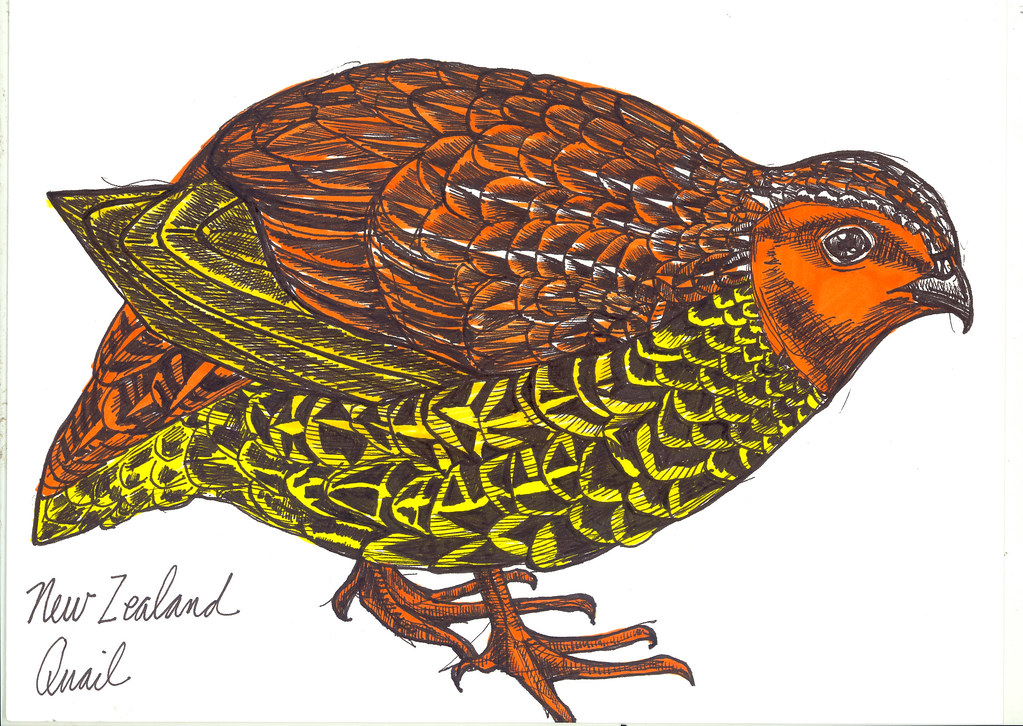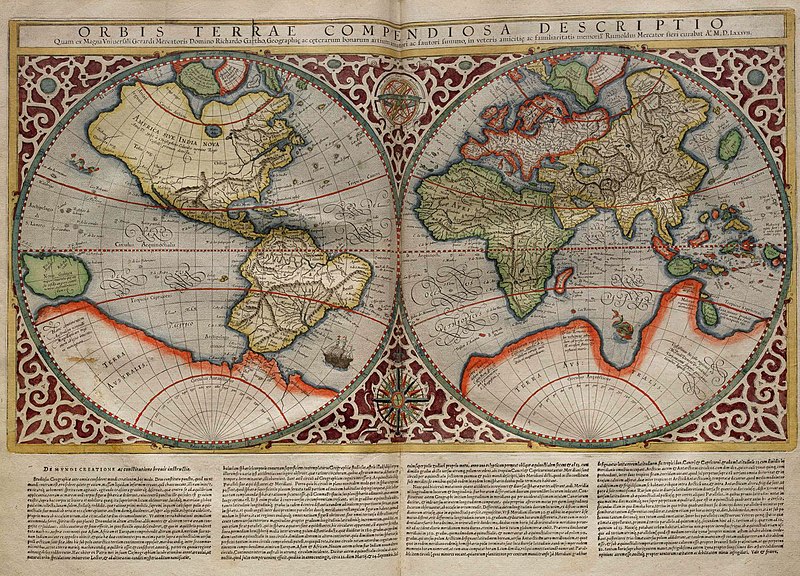
The New Zealand Quail (Coturnix novaezelandiae) has been officially extinct since 1875. Sir Joseph Banks was the first westerner to describe it; he was an illustrious naturalist, mostly interested in botany, who accompanied Captain James Cook on his famous sea voyage from 1768–1771, exploring the globe and dispersing invasive species around the world. Cook took several jaunts around the globe, often focused on the southern hemisphere, and sought to find evidence of the postulated Terra Australis Incognita or “unknown southern land”.

The New Zealand Quail has a close relative on the Australian mainland called the Australian Stubble Quail; there are other quails in the area that it also shares genetic material with, but as an island dweller, it evolved far enough away from the others to be classified as a separate species.
In September 1769, Cook’s expedition reached New Zealand, being the second Europeans to visit there, after having been found by Abel Tasman 127 years earlier. Cook’s crew charted the New Zealand coast for six months before heading out further west, where they would finally stumble upon Australia (somehow missed by Abel Tasman earlier ) in April of 1770.

Terra Australis was one of the names given to a hypothetical continent which appeared on European maps between the 15th and 18th centuries. Hypothetical because, although it appeared on maps, Terra Australis was not based on any actual surveying of such a landmass but rather based on the idea that the continents of the northern hemisphere really ought to be balanced by corresponding land in the south. SO they drew that bit in.

In the early 1800s, a British explorer named Matthew Flinders popularized naming Australia after the mythical continent with his 1814 book A Voyage to Terra Australis, rationalizing that at this point there was “no probability” of finding anything larger than Australia any further south.
The continent of Antarctica, nearly twice the size of Australia, would be first sighted in 1820, though not explored until much later.
The New Zealand Quail was still around for Cook’s second expedition, but had become rare by 1840. Fires which destroyed the food and grassland habitat of the bird, in combination with invasive species of dogs, cats, and rats, brought to New Zealand by Western explorers, seem to have did it in. Their decline was sudden, over the course of a year or two, and in spite of the efforts of landowners to conserve the game by setting aside tracts of habitat for it. Once a bird becomes rare, it is often too late.
